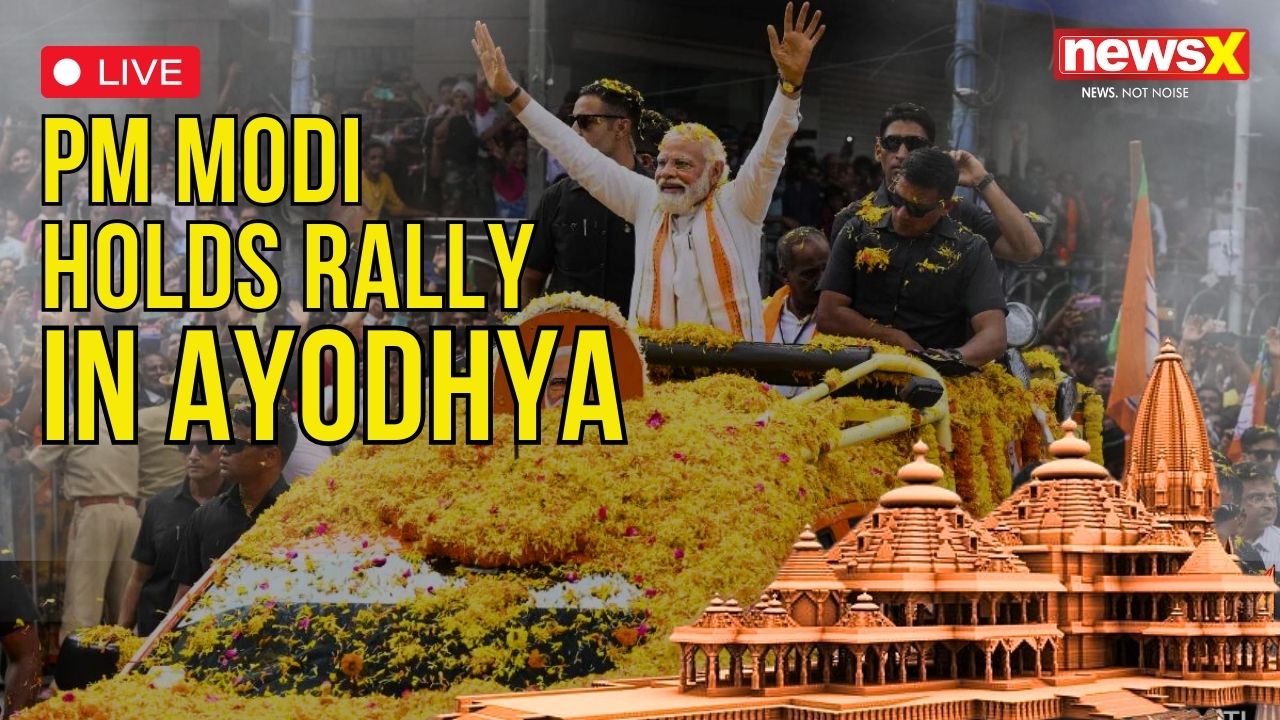










Amid a market hovering close to record highs, investors are increasingly turning their attention to the NSE Nifty Next 50 Index, which is gaining traction as a top-performing stock gauge in India. Earnings growth is emerging as a pivotal metric. Comprising potential contenders for the benchmark Nifty 50, the index has witnessed a notable 20% rise in forward profit estimates this year, significantly surpassing the 3.5% increase observed for the broader gauge.
The prominent components of the Nifty Next primarily include industrial and materials firms, poised to directly capitalize on an economy projected to expand by over 7% in 2024. “The general trend in the market at the moment for foreign investors, and I would say the more savvy ones, is that they are going beyond the Nifty 50,” said Gary Dugan, chief investment officer at the Global CIO Office. “There’s a lot of GDP in that second band of 50 companies beyond the Nifty,” he added.

What is NIFTY Next 50?
Introduced on January 1, 1997, the Nifty Next 50 has a base date of November 3, 1996, with a base value of 1000 and a base capitalization of 0.43 trillion. The Nifty Next 50 index monitors the performance of 50 companies listed on the NSE, specifically those ranked between 51st and 100th in the Nifty 100, excluding those included in the Nifty 50 Index.
As of September 29, 2023, the Nifty Next 50 Index accounts for approximately 10% of the free float market capitalization of the stocks listed on the NSE. Over the last six months ending in September 2023, the total traded value of all index constituents accounts for approximately 11.2% of the total traded value of all stocks on the NSE. Since May 4, 2009, the Nifty Next 50 has been calculated using the Free Float Market Capitalization weighted method, reflecting the free float market capitalization of all stocks in the index.
NIFTY Next 50 vs NIFTY 50
The primary distinction between the Nifty 50 and the Nifty Next 50 lies in the size and liquidity of the companies they encompass. The Nifty 50 comprises large-cap companies with well-established operations, high trading activity, and substantial market capitalization.
On the other hand, the Nifty Next 50 consists of mid-cap companies that are relatively smaller in size, less actively traded, and possess lower market capitalization. Consequently, while the Nifty 50 tends to offer greater stability and lower volatility, it also presents limited growth potential and diversification advantages compared to the Nifty Next 50.
Additionally, the sectoral composition and concentration of the indices differ. The Nifty 50 is heavily weighted towards specific sectors such as financial services, information technology, energy, and consumer goods, which collectively contribute to over 70% of its total weightage. In contrast, the Nifty Next 50 exhibits a more balanced distribution across sectors, with significant representation from industries like healthcare, industrials, utilities, and materials.
The Nifty 50 also exhibits a higher concentration of select companies, such as Reliance Industries, HDFC Bank, Infosys, and TCS, collectively constituting over 40% of its total weightage. In contrast, the Nifty Next 50 demonstrates lower concentration, with the top five companies representing less than 20% of its weightage.
These distinctions between the Nifty 50 and the Nifty Next 50 hold implications for investors considering investment options in the Indian equity market through mutual funds or ETFs. Depending on their risk tolerance, return objectives, investment horizon, and diversification preferences, investors can opt for funds tracking either index or a blend of both. Generally, funds aligned with the Nifty 50 may appeal to investors prioritizing stability, consistency, and lower risk, even at the expense of potentially higher returns.
Why Is Investing In NIFTY Next 50 Advantageous
The Nifty Next “gives foreign investors a good way to participate in the India stories such as manufacturing, railway capex and public sector undertakings without worrying about liquidity,” Bernstein’s Agarwal said
In conclusion, the Nifty Next 50 index serves as a significant gauge of the Indian equity market’s performance and potential beyond its top 50 companies. Investing in the index presents investors with opportunities for growth and diversification in their portfolios. However, it also comes with its set of challenges that investors should consider carefully before making investment decisions.
(Stock market investment disclaimer: Subject to market risk; seek advice, we’re not liable for losses.)









